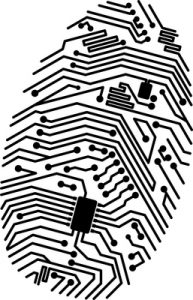With a recent update to Windows, Microsoft is giving users a better look at the state of their digital privacy. Windows Diagnostic Data Viewer is an application that allows users to view data that is sent to Microsoft from their computers.
This is a breath of fresh air, especially amidst orders from France to stop tracking users and the EU’s concerns with the overall privacy of Windows users.
Despite all these concerns, this is a definite step towards a completely transparent system.
What does this application allow?
To access the application, you must be able to run it as an administrator as there’s potentially sensitive data involved. Once enabled in the settings, the Windows Diagnostic Data Viewer application can be accessed freely. This allows a user to preform a multitude of actions they weren’t able to previously. (Keep in mind that only a trusted, responsible user should be made an administrator. The role provides many more freedoms that have the potential to harm a system.)
This application gives logs for all diagnostic data sent to Microsoft. There is a list of events on the left side of the application. On the right, the details of the specific log selected. A lot of the information may appear foreign to some, but gives exact information for those interested.
Is there easy navigation in the app?
Windows Diagnostic Data Viewer does allow users to filter searches and sift through specific data. This isn’t just limited to specific events, but also for categories of events like browsing history, device connectivity and configuration, product and service performance, and more. There is also the option to give feedback about the Diagnostic Data Viewer and the events displayed within it.
This feedback, alongside the easy accessibility to the loads of information within it, are a huge stride in transparency that many have been calling for. It doesn’t stop at transparency, either. The app allows for users to monitor their systems at a deeper level, granting a useful tool as well as a knowledge of what others may know about your activity.
(Image Source: iCLIPART)


